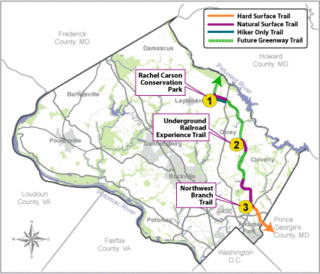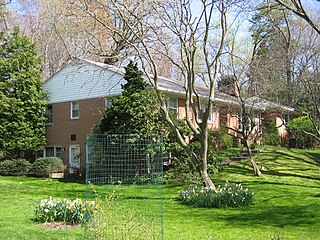This page is based on this
Wikipedia article Text is available under the
CC BY-SA 4.0 license; additional terms may apply.
Images, videos and audio are available under their respective licenses.

The Boston Post was a daily newspaper in New England for over a hundred years before it folded in 1956. The Post was founded in November 1831 by two prominent Boston businessmen, Charles G. Greene and William Beals.
Diet for a New America is a 1987 bestselling book by John Robbins. The book discusses vegetarianism, the environmental impact of factory farming and animal rights.

A Sand County Almanac: And Sketches Here and There is a 1949 non-fiction book by American ecologist, forester, and environmentalist Aldo Leopold. Describing the land around the author's home in Sauk County, Wisconsin, the collection of essays advocate Leopold's idea of a "land ethic", or a responsible relationship existing between people and the land they inhabit. Edited and published by his son, Luna, a year after Leopold's death, the book is considered a landmark in the American conservation movement.

Rachel Carson Homestead is a National Register of Historic Places site in Springdale, Pennsylvania, United States, 18 miles northeast of Pittsburgh along the Allegheny River.

The Rachel Carson Greenway is a planned 25-mile stretch of trails, spanning from the historic Adelphi Mill in Prince George's County north through eastern Montgomery County, Maryland to Patuxent River State Park, and incorporating existing Northwest Branch trails. The greenway was proposed as part of a 1998 Countywide Park Trails Plan. A plan for the greenway was approved by the Montgomery County Planning Board on June 15, 2005.

The Pesticide Question: Environment, Economics and Ethics is a 1993 book edited by David Pimentel and Hugh Lehman. Use of pesticides has improved agricultural productivity, but there are also concerns about safety, health and the environment.
Marie Freid Rodell was a literary agent and author who managed the publications of much of environmentalist Rachel Carson's writings, as well as the first book by civil rights activist Martin Luther King, Jr..

Our Synthetic Environment is a 1962 book by Murray Bookchin, published under the pseudonym "Lewis Herber".

The Rachel Carson House is a historic house at 11701 Berwick Road in Colesville, Maryland, an unincorporated area near Silver Spring, Maryland. Built in 1956, this typical suburban ranch-style house was where writer Rachel Carson wrote her classic work Silent Spring in 1962. The house was designated a National Historic Landmark in 1991 for its association with Carson.
Carson, Rachel, House may refer to:
Marjorie Spock was an environmentalist, author and poet, best known for her influence on Rachel Carson when the latter was writing Silent Spring. Spock was also a noted Waldorf teacher, eurythmist, biodynamic gardener and anthroposophist.
This is a list of notable events relating to the environment in 1964. They relate to environmental law, conservation, environmentalism and environmental issues.
Shirley Ann Briggs (1918–2004) was an American artist, photographer, writer, editor, and naturalist. She spent a large portion of her career participating in efforts to inform the public about the environment in regards to synthetic chemicals such as pesticides. A talented artist and writer, Briggs would often use the combination of her understanding environmental hazards with her artistic skills to achieve her goals in regard to environmental education. After graduate school she moved to Baltimore to work for Glenn L. Martin Company as a mechanical arts illustrator and would later move on to work for the U.S Fish and Wildlife Service. She also worked as chief of the Bureau of Reclamation’s graphics sections and drew diagrams for the Smithsonian Institution’s National Museum of Natural History. After Rachel Carson's passing in 1964 Briggs became the executive director of the Rachel Carson Council between the years of 1970 and 1992. She served as an essential editor and illustrator of a number of Rachel Carson's works.
Rachel Carson is a 2017 American documentary film directed by Michelle Ferrari. It is based on the life and work of Rachel Carson, a marine biologist and conservationist. Her 1962 book Silent Spring would serve to advance the environmental movement. The film aired on the PBS network series American Experience on January 24, 2017.
Paul Brooks (1909–1998) was a nature writer, book editor, and environmentalist.

Rachel Carson is an outdoor sculpture depicting the biologist, conservationist, and author of the same name by David Lewis, installed on July 14, 2013 in Waterfront Park in Woods Hole, Massachusetts, United States.









